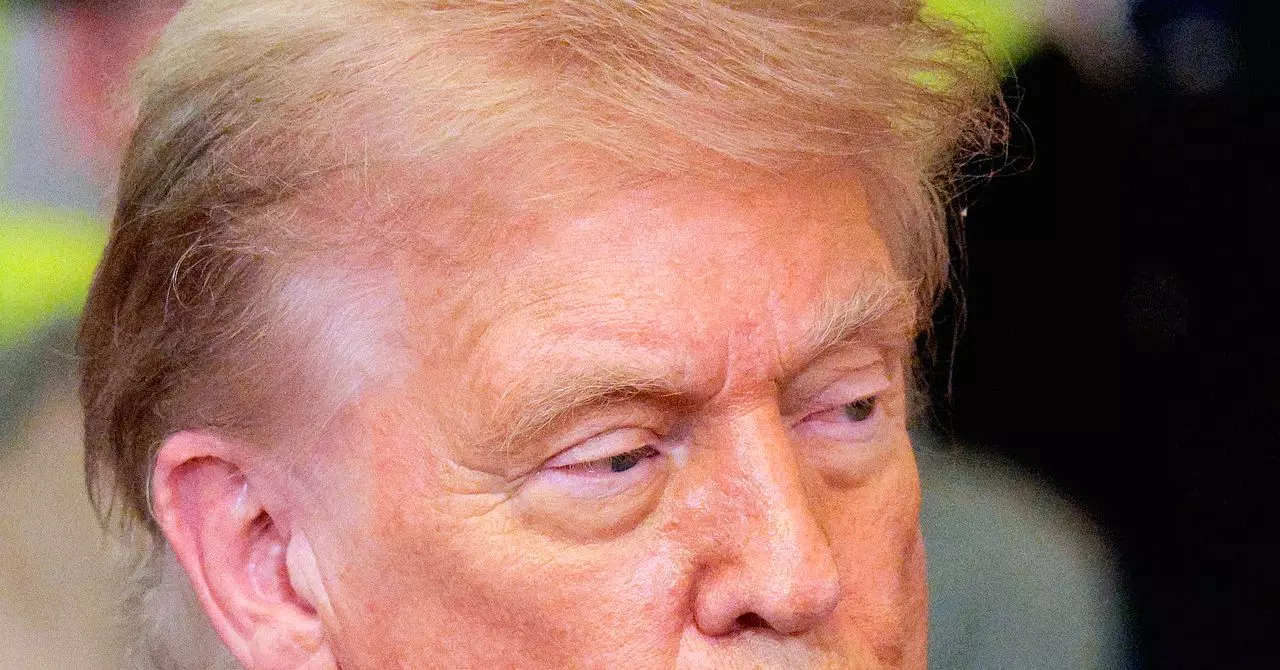Congress’s recent attempts to regulate artificial intelligence have sparked a whirlwind of debate, exposing tensions between innovation, public safety, and political interests. At the heart of the storm lies a controversial AI moratorium provision, initially proposing a decade-long pause on states’ ability to regulate AI. The rapid pivot—from a 10-year freeze to a scaled-back five years with carve-outs—reveals the fraught nature of balancing federal authority and states’ rights, as well as the powerful lobby forces shaping the legislation.
This legislative saga is emblematic of larger struggles in AI governance: How can lawmakers protect consumers, children, and creators from potential harms while fostering technological advancement? The version championed by Senator Marsha Blackburn and Senator Ted Cruz, and subsequently retracted by Blackburn herself, highlights the difficulty of crafting policy that satisfies diverse stakeholders without unduly empowering Big Tech.
Tensions Between Federal Control and State Power
One key fault line in the debate is the tension between congressional preemption and state autonomy. The bill’s “moratorium” provisions would temporarily freeze states from enacting their own AI regulations—a move ostensibly designed to create uniform standards but criticized widely as a mechanism to shield tech giants from accountability. Opponents argue that this top-down approach stifles innovation in consumer protections and sidelines urgent safety concerns, particularly around vulnerable populations such as children.
The carve-outs—exemptions allowing state laws to address child safety, deceptive practices, and rights of publicity—sound promising on the surface. However, the provision’s “undue or disproportionate burden” clause on AI systems presents a significant loophole. This language can be weaponized by corporations to contest state regulations, effectively neutering those carve-outs. Such a shield against litigation undermines the core mission of state-level protections, suggesting that, despite some concessions, the moratorium still overwhelmingly favors technological platforms at the expense of public interest.
The Political Theatre: Shifting Alliances and Motivations
Senator Blackburn’s vacillation on this moratorium provision illustrates the political complexity behind AI regulation. Initially opposed, then briefly supportive of a compromised five-year moratorium with specific carve-outs, she later withdrew her support—reflecting the uphill battle in rallying widespread agreement. Her vested interest in protecting the music industry in Tennessee, especially concerning AI deepfakes, adds nuance to her position, blending economic incentives with broader ethical concerns.
This back-and-forth also reveals the fractured nature of political coalitions engaged in AI policy. From ultra-MAGA representatives to state attorneys general and unions, opposition to the moratorium spans ideological lines, signifying that fears over unchecked AI deployment and Big Tech influence transcend conventional partisan divides. Conversely, voices calling it “dangerous federal overreach” or accusing opponents of wanting unchecked AI development complicate the narrative, emphasizing how politicized and emotionally charged AI regulation debates have become.
Why The Moratorium Risks Being a Big Win for Big Tech
Despite appearing as a regulatory compromise, the moratorium in its current form arguably hands significant leverage back to technology companies. The combination of a temporary freeze on state legislation and legal protections embedded in the bill’s language potentially allows Big Tech to operate with less scrutiny during a critical period of AI development and deployment. This is especially troubling given increasing evidence of AI’s capacity to spread misinformation, infringe on privacy, manipulate users, and propagate bias.
Critics from advocacy groups like Common Sense Media warn that sweeping moratorium language could soon disable many efforts to hold tech accountable for safety violations. Shielding AI systems from litigation on the grounds of “undue burden” compromises the ability to enact meaningful safeguards. In a rapidly evolving technological landscape, this safeguard deficit could lead to significant harm for children online, creators protecting their likenesses, and consumers generally.
A Call For More Thoughtful and Balanced AI Policy
The current trajectory of AI legislation—marked by hastily drafted moratoriums and reactive political maneuvering—falls short of addressing the nuanced challenges AI poses. A more thoughtful approach would recognize the critical role of both federal frameworks and robust state-level innovation in consumer protections. Lawmakers should embrace transparent dialogue involving a broad coalition of stakeholders, including technologists, ethicists, advocates, and representatives of impacted communities.
Instead of imposing blunt freezes on state action, the federal government might focus on setting baseline standards while encouraging states to tailor regulations to local needs. This approach can curb Big Tech’s outsized influence without diluting essential protections. The controversy around the AI moratorium underscores that good AI policy cannot be rushed or weaponized but must carefully navigate competing interests to protect people rather than shield profit-driven corporations.

